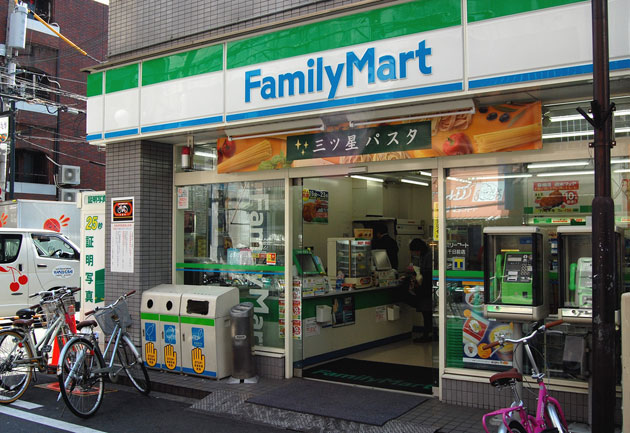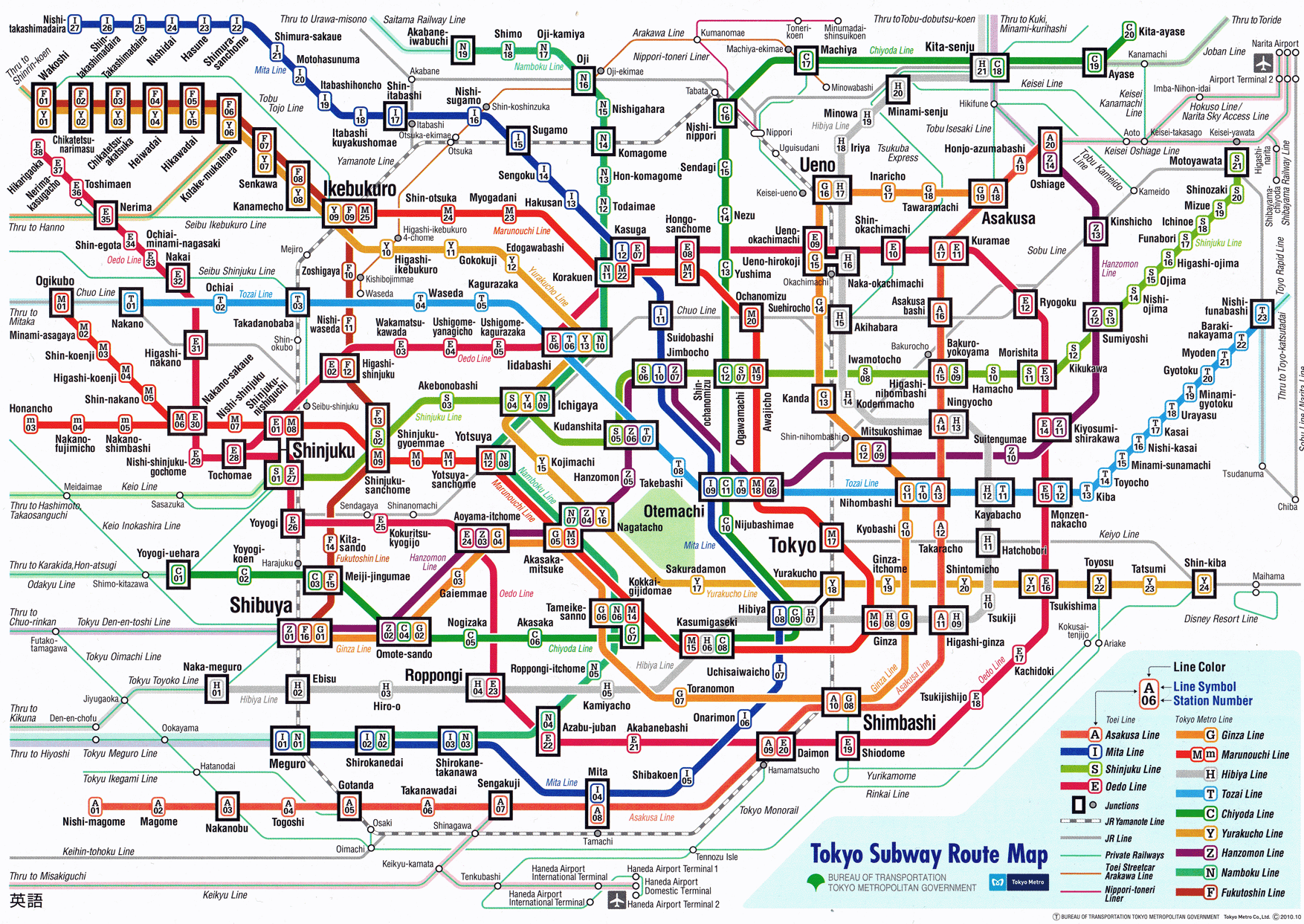From someone who grew up in a fairly rural area and goes to school in the suburbs, it is truly magical to be able to walk five minutes to a huge variety of establishments. Japan has a few types of shops that unique to the country and very very awesome.
"Combini" or "Kombini", which is short for コンビニエンスストア, konbiniensu sutoa, is exactly what it sounds like. A convenience store. However these are nothing like the grungy, over priced, truck stop convenience stores of America. Combini are wonderfully bright and clean places with polite staff, hot food, yummy prepared food, and anything else you'd usually get at a convenience store, except cheaper. It's not as cheap as going to a supermarket, but cheaper than a vending machine. The selection is usually pretty good, and they are everywhere. It's common for salarymen to buy their lunch, coffee, or cigarettes here. Some of my favorite things to buy from combini are onigiri, Boss Coffee, ice cream, and buns.
Pictured above is my favorite canned coffee: Boss Coffee in the rainbow can. Canned coffee is a huge thing in Japan. They are sold hot or cold at combini, Aeon, cafeterias, and vending machines. Most of them are sweet with some sort of milk in them, cafe au lait is very popular. Anything labeled "black" however, is intensely bitter. The rainbow can is a good in between. I don't much like coffee, but american style energy drinks are hard to find here, and if you can find them they're expensive. Japanese energy drinks are strange, hard to read, and never contain the amount of caffeine an american is used to drinking. 3 hour lectures are the pits.
The case on the left is filled with various kinds of meat on a stick. The case on the right is full of one of my favorite hot snacks/meals: steamed buns. These steamed buns are usually filled with meat, vegetables, or red bean and run just over 100 yen each. The quality is also good, you wouldn't guess on first bite they came from a convenience store. They're not dumplings, the outer shell is a soft, dry bread unlike dumpling's chewy damp exterior. I'm not sure if they're supposed to be a comfort food, but they sure are warm and filling on a cold day. 2 or 3 combini-sized buns are enough for a meal for me, though I have seen buns that are literally the size of my entire hand.
My last combini favorite are known as onigiri, or rice balls, a common food in Japan. As the name implies, it's a triangular shaped ball of rice, often wrapped in nori (seaweed), with various fillings. Tuna mayo and pickled plums are two common fillings. Usually I have no idea what's in the middle of because I can't read the packaging and the ingredients and flavors are unfamiliar to me. The packaging of ready to eat onigiri is truly ingenious. As you can see in the picture above, the corners are labeled 1, 2, and 3. The green stuff (seaweed) is actually layered between plastic and doesn't touch the rice ball. If you open the wrapping in the correct order, it pulls the sheets of plastic out and leaves you with a nori wrapped onigiri. This packaging keeps the nori dry and crunchy until you're ready to eat it! They are a cheap and fantastic snack.





















